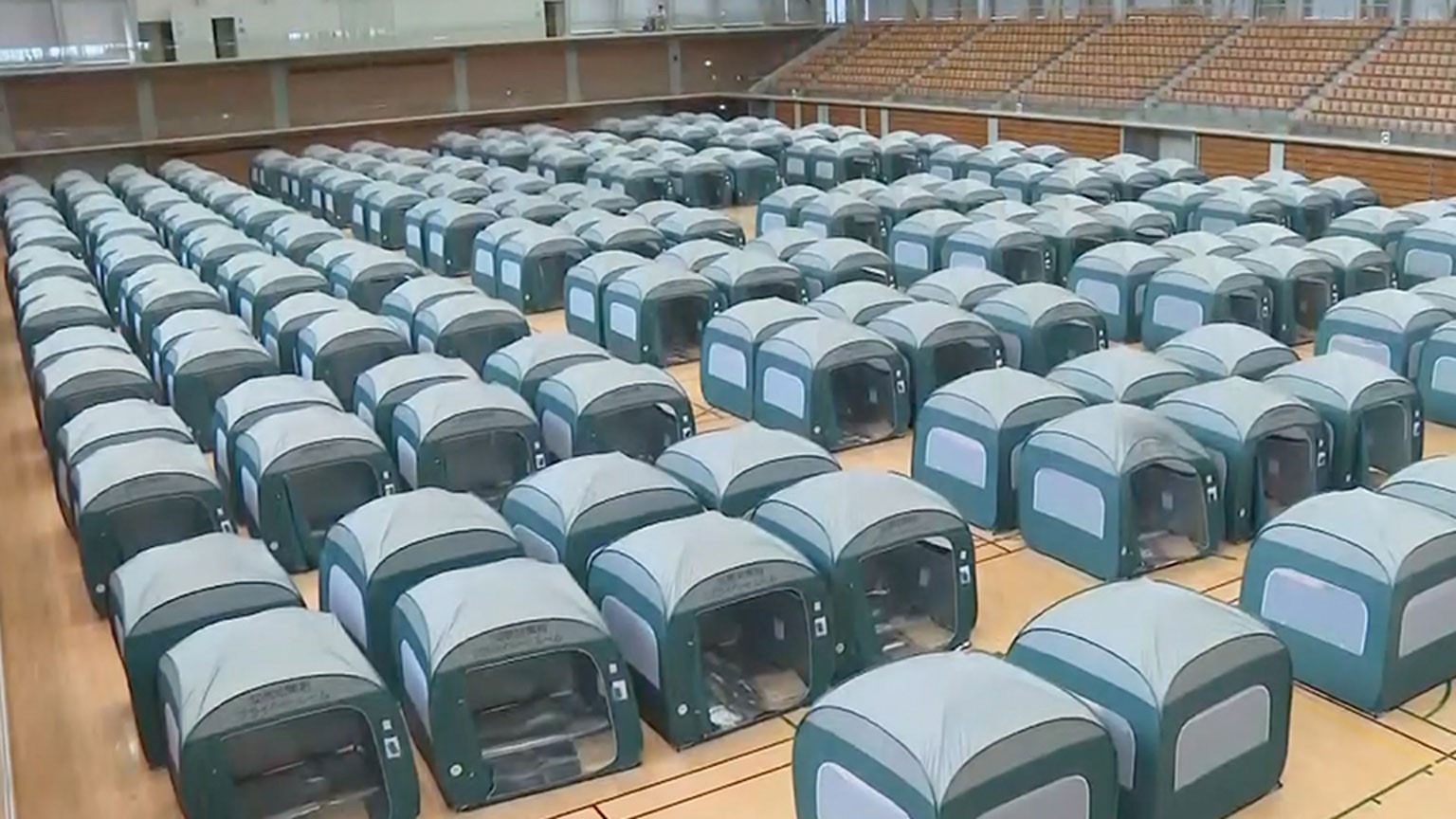Local officials say eight people have apparently died from disaster-related causes.
The Cabinet Office defines "disaster-related deaths" as those caused by reasons such as worsening health in the wake of disasters rather than directly caused by the events themselves.
Many evacuees are staying in school gymnasiums and community centers where sanitary conditions fall short.
The disaster has highlighted the need for well-equipped shelters to prevent the deaths of vulnerable people such as the elderly, the ill and those with disabilities during evacuation.
Ishikawa Prefecture moving vulnerable people to secondary evacuation centers
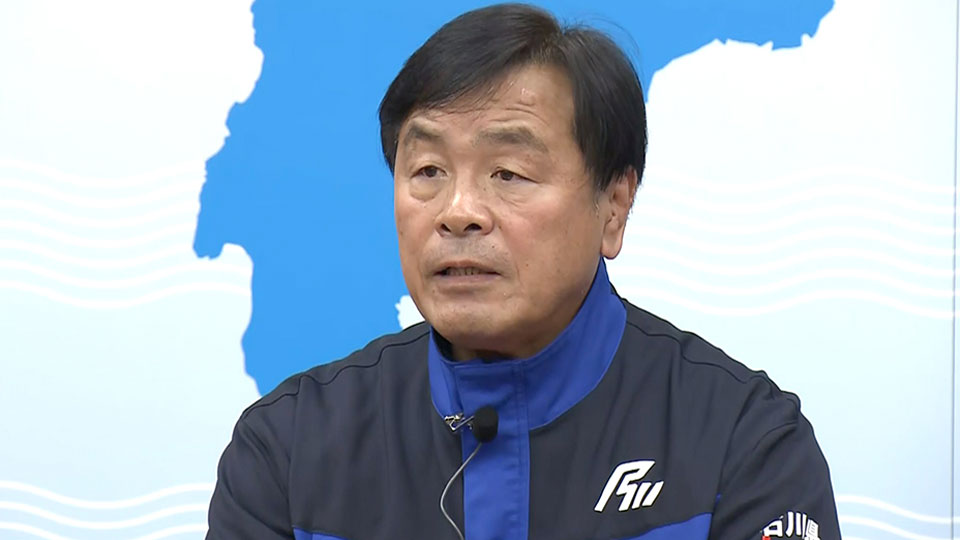
Ishikawa Prefecture Governor Hase Hiroshi on Wednesday said to prevent disaster-related deaths it is important to swiftly transfer vulnerable people from primary evacuation centers — including elementary school gymnasiums — to secondary evacuation centers with proper facilities, such as hotels.
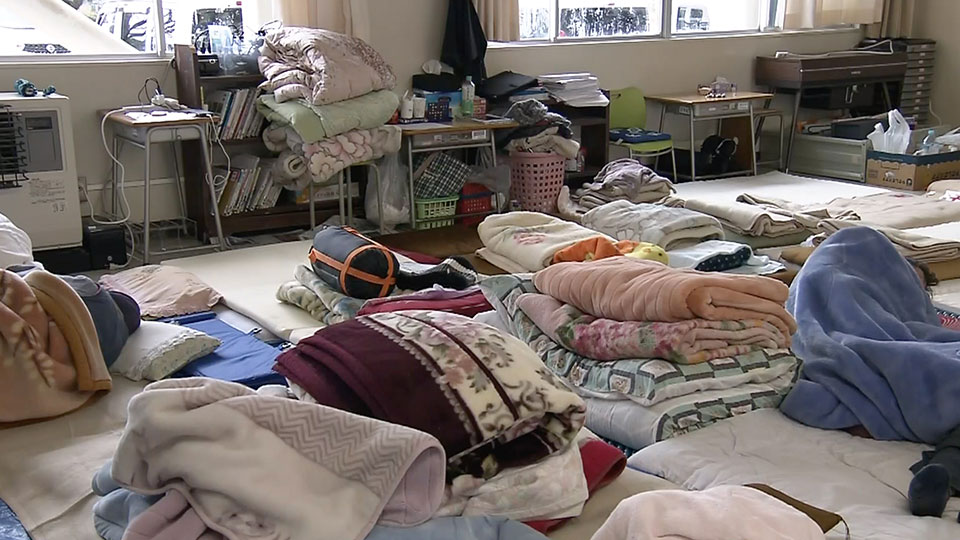
The prefecture says so far it has secured 216 facilities to serve as secondary evacuation centers. While they can house 6,207 people, special arrangements must be made before evacuees can be transferred.
As of 2 p.m. on Wednesday, 182 people were able to move into seven of these facilities.
Mid-stage evacuation center starts accepting evacuees
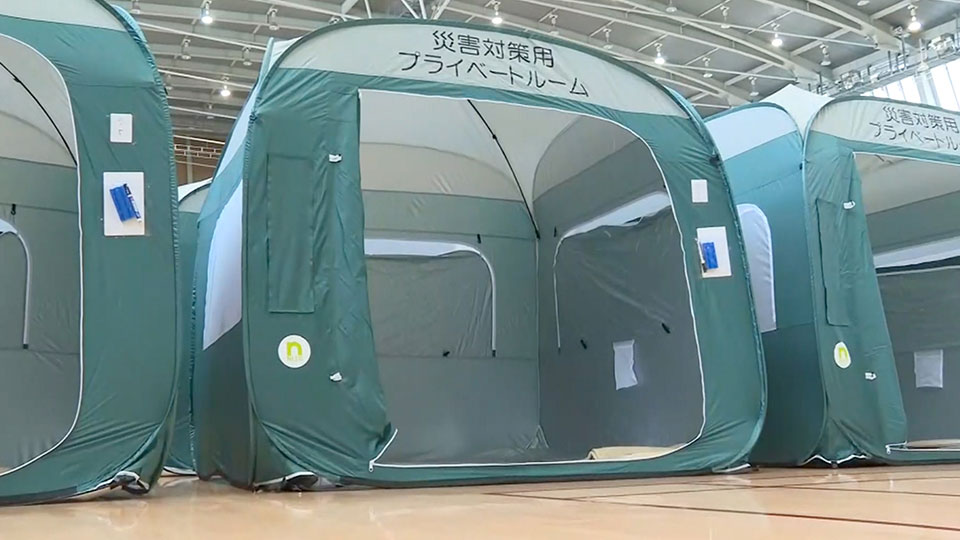
The solution to this bottleneck is the "mid-stage" facility. Ishikawa Prefecture uses this term because such facilities serve as temporary shelters while arrangements are being made for evacuees to enter secondary evacuation centers. The first such facility is the Ishikawa General Sports Center in Kanazawa City — which has lifelines such as water and electricity. The prefecture has begun accepting evacuees there.
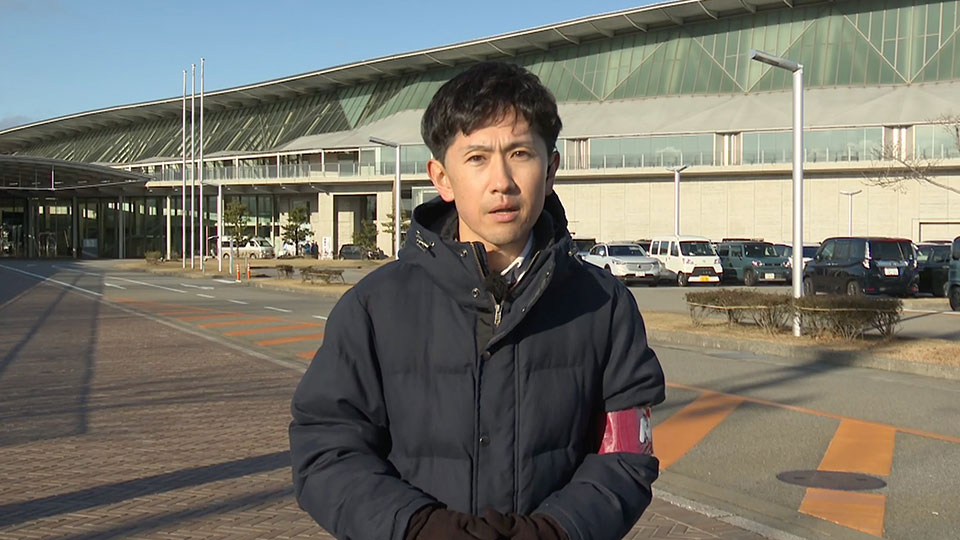
NHK World's Yoshikawa Ryuichi visited the facility on Thursday. He said there were about 230 tents and more than 100 residents — mostly senior citizens and other vulnerable people.
Each tent is 4.4 square meters and can accommodate two adults. Blankets and mats are provided.
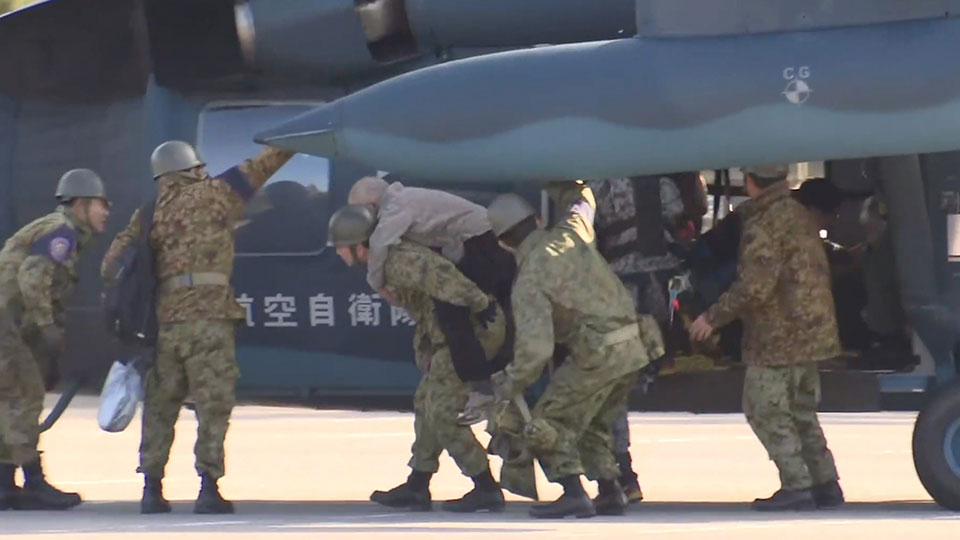
Some roads in Ishikawa Prefecture have been closed due to the earthquake. Yoshikawa witnessed Self-Defense Force helicopters with evacuees landing in front of the facility.
Private sector moves to accept evacuees
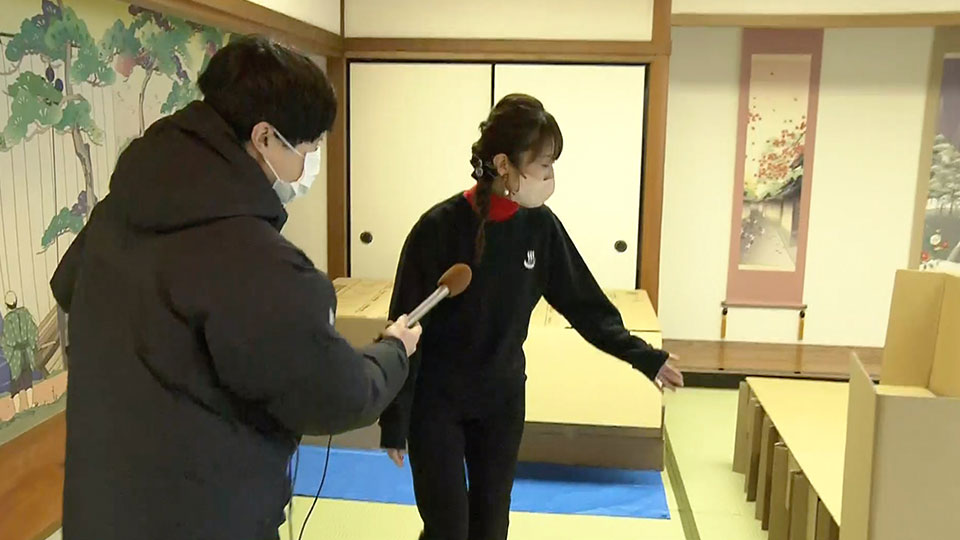
A ryokan in Kanazawa City has voluntarily decided to provide evacuees with free guest rooms. The traditional Japanese inn had accepted more than 30 evacuees as of Wednesday.
An evacuee who is staying there with her two children said the primary evacuation center was very cold and water was in short supply. The inn has normal toilets and her family can take baths, she noted.
The ryokan plans to accept more people using cardboard beds it has received from local companies.
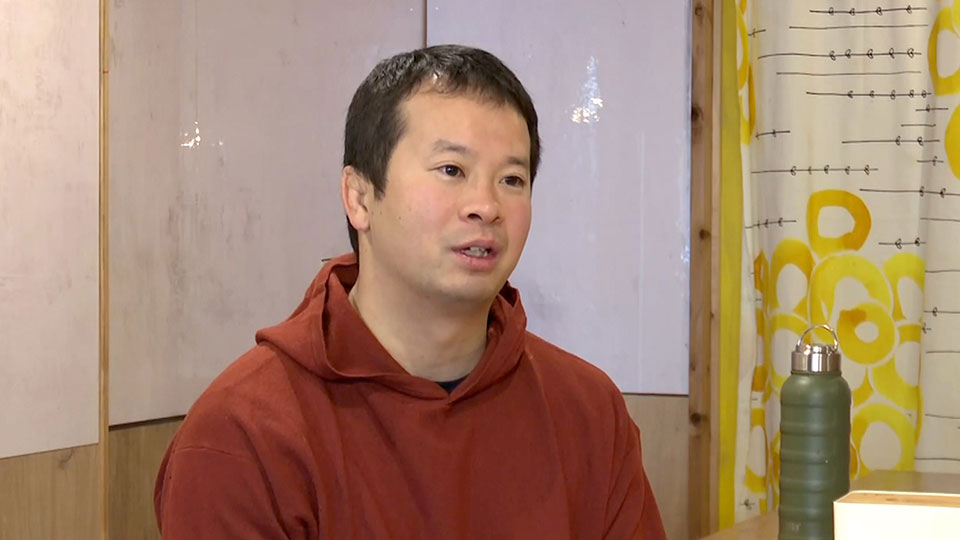
Hayashi Shungo, who runs guesthouses in Kanazawa, has created a website that matches displaced people with hotels in Ishikawa and nearby prefectures that are willing to provide accommodations at very low prices.
Hayashi, who is also housing evacuees at his inns, says many people displaced by the quake are very relieved to have a place to stay.
The site went live last week. As of Thursday, more than 60 hotels have volunteered to be on the list and 39 of them are already fully booked.
Hayashi's actions are part of a large-scale effort by many people to help those in need.
Evacuees still enduring harsh conditions
Some evacuees are housed in facilities that aren't local government-designated shelters.
About 40 people are now staying at the Nishigishi Branch of the Nakajima district community center in Nanao City, Ishikawa Prefecture.
It lacks suitable bathing facilities.
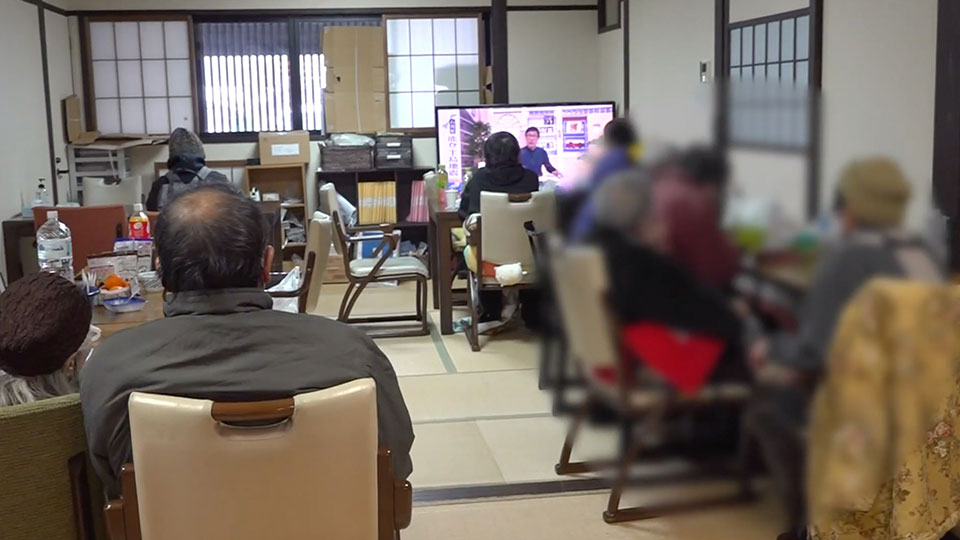
Ishikawa Prefecture's Wajima City has 25 welfare evacuation centers that accept people with disabilities. But because many of the centers' employees have been impacted by the earthquake, only four of them are open.
One is Ichigo Ichie, a day-care facility for the disabled. The earthquake cut off its water supply and shattered windows. But as of Tuesday about 30 people with disabilities were staying there.
